The Best Nutrition Guidelines for Athletes – How to Eat Like An Athlete
There’s not a lot of nutrition for athletes out there on the internet. That’s why I teamed up with a nutrition expert to bring you the best nutrition guidelines for athletes. His name is Jake, and you might’ve seen him on my YouTube channel, or read the blog… But, you haven’t seen this yet…
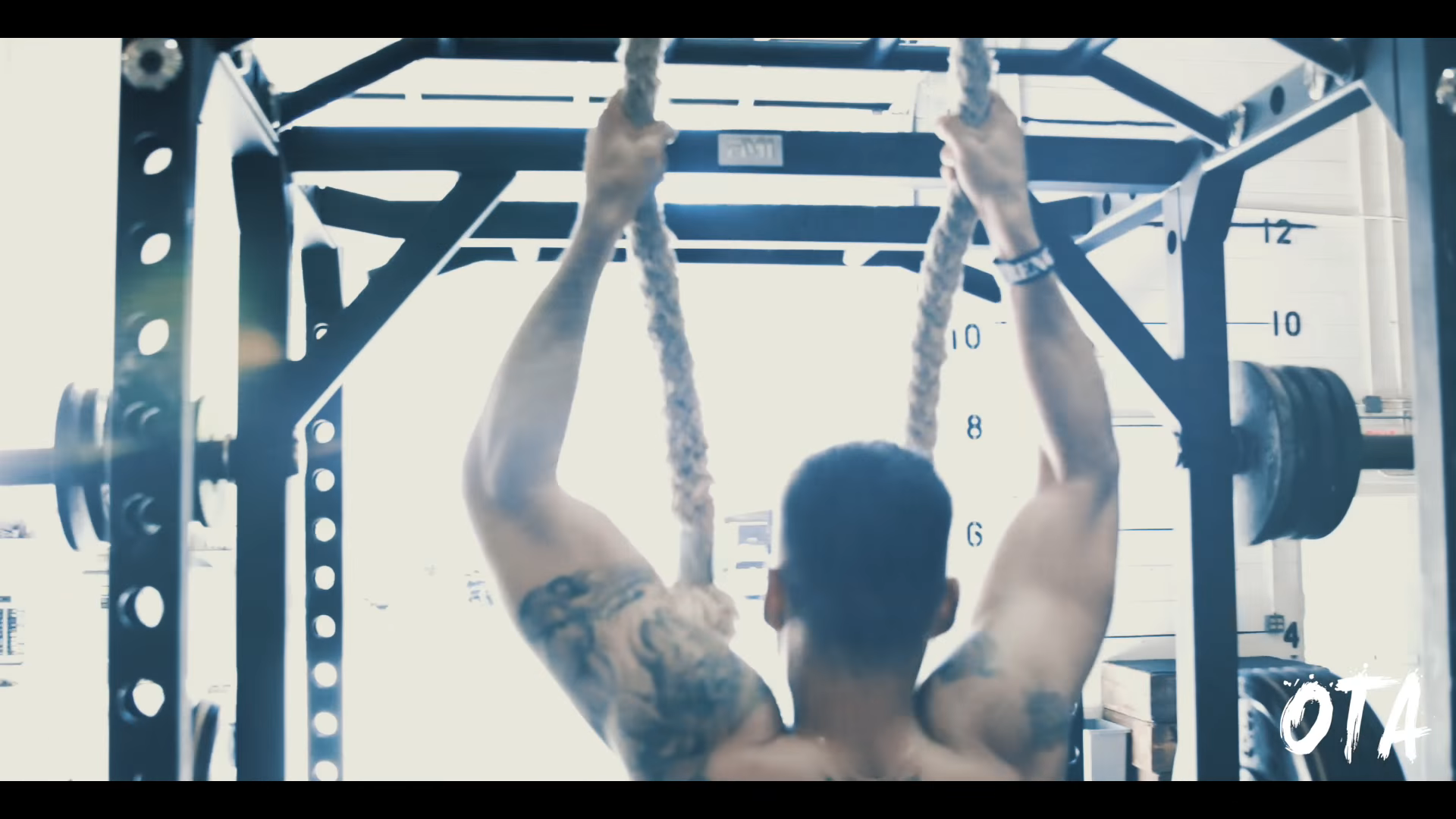
Because below, I’m going to lay out the complete nutrition guidelines for athletes. This will show you how to eat as an athlete, so you can:
- Supercharge your workouts
- Maximize Your Performance
- Speed Up Your Recovery
- Reduce Body Fat
- Optimize Lean Muscle Gain
And more.
Keep reading below to discover how to eat as an athlete:
Why Athletes Need to Eat Differently
Performance Nutrition isn’t about getting six pack abs, or mountainous muscles.
It’s about optimizing your performance – keeping your energy levels high, speeding up recovery, helping you gain muscle while losing fat.
That’s why I scratch my head when I hear about athletes following bodybuilding guidelines to eating.
Athletes have different goals than bodybuilders, powerlifters, and the general population. We need to EAT like it.
Find Your Baseline
The first thing an athlete needs to do to get a handle on their nutrition is find their baseline.
Just like when I take on a new athlete, and I need to find their performance baseline through measurements like broad jump, vertical, and max trap bar… Athletes need to find their nutritional baseline measurements.
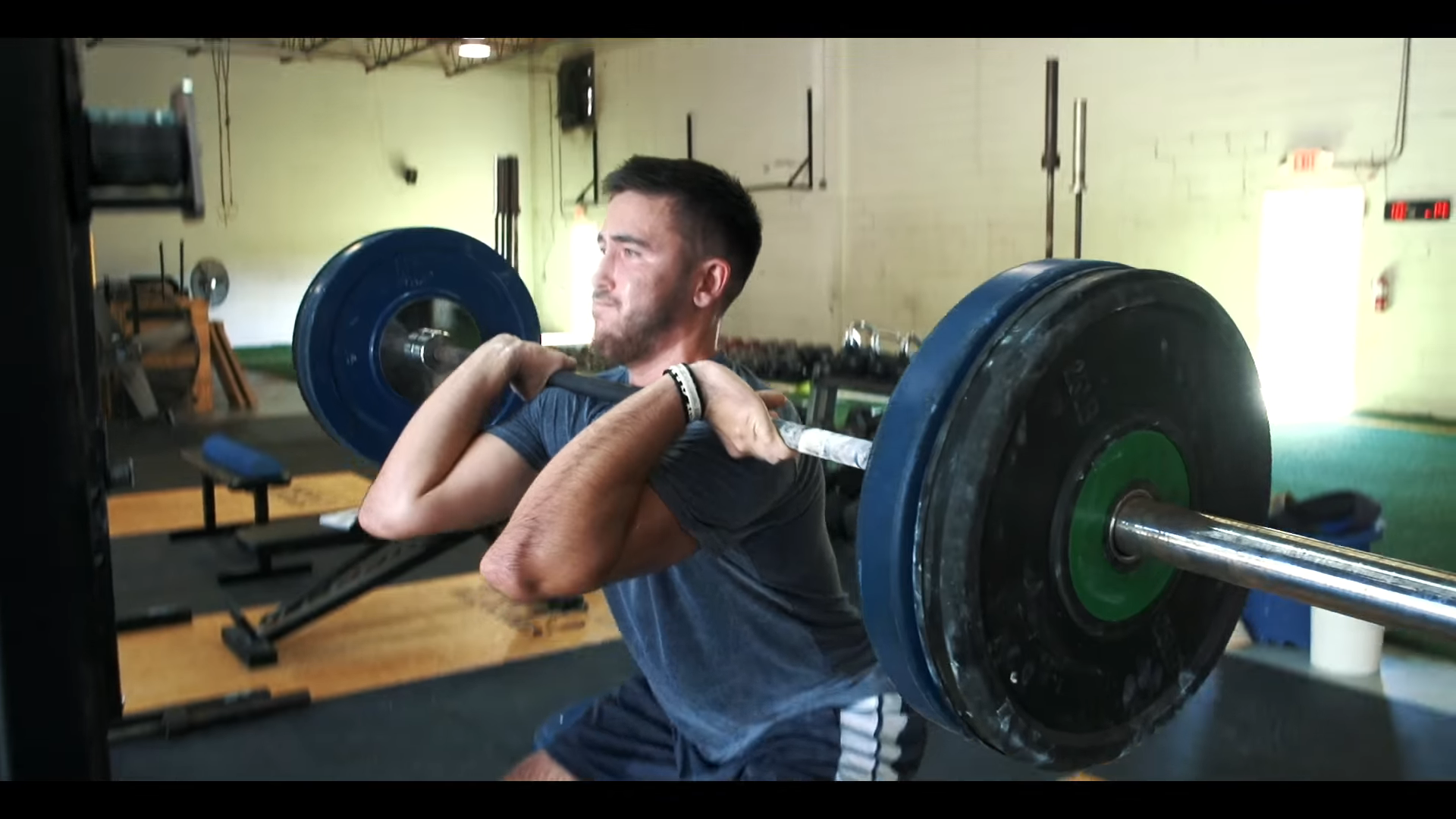
The first measurement is their caloric maintenance.
Your caloric maintenance is the amount of calories you need to eat to maintain your weight.
There’s a lot that goes into calculating this. Things like your activity level, height, weight, age, and more all go into finding this number.
The best way to do this is to track your calories over 7-14 days. During this time you’ll weigh yourself regularly to pinpoint your caloric maintenance. Once your weight is steady for a couple days, you’ve found your caloric maintenance.

Finding this number gives you an idea of what you need to do to reach your goals… Whether that’s shedding fat, or adding muscle.
Body Fat Percentage
Another measurement Jake values is body fat percentage. There are various methods to find your body fat percentage. The best way is with skin fold calipers, but whatever method you choose make sure you use the same one to measure your body fat each time you take the measurement.
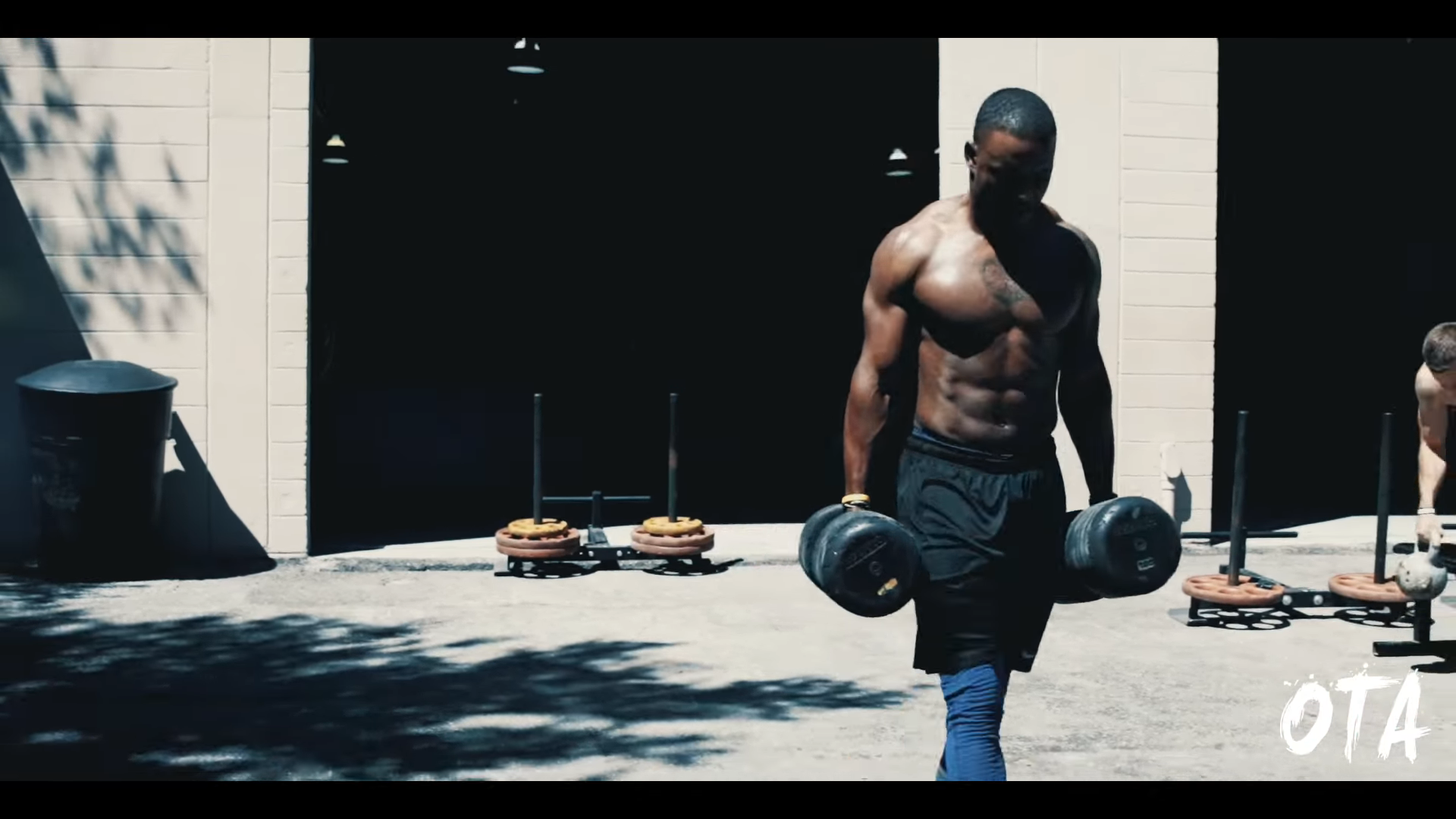
Different sports, and the positions in those sports, have different body composition needs. Finding your body fat percentages lets you know where you stand on the spectrum of these needs. Then you can decide how to best optimize your body composition for your sport.
5-5-3-2
5-5-3-2 is a combination of the number of meals you should have a day, and how your macronutrient intake should be balanced throughout the day. If you don’t know, macronutrients are substances that are required by the body for growth. The macronutrients you need to worry about are fat, carbohydrates, and protein.
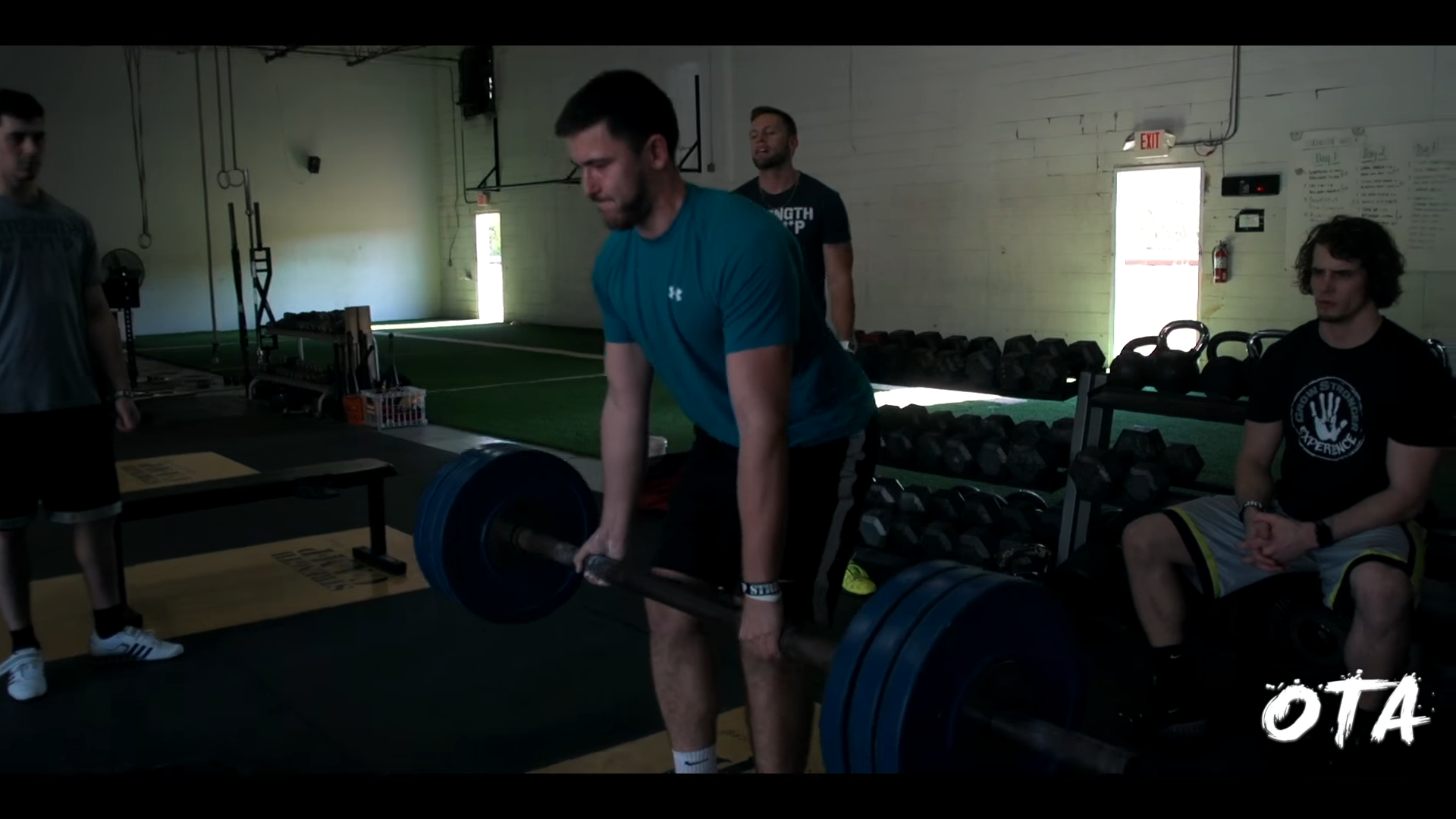
For optimal performance, you’ll want to balance your macronutrients throughout the day. I recommend that you balance your intake through five meals.
There are a couple of reasons for this. The first is to stimulate adequate digestion throughout the day.
If you have one LARGE meal before working out or practice, you could feel sluggish, fatigued, you may even puke.
Another reason is for recovery.

If you have multiple meals throughout the day, you’re constantly spiking muscle protein synthesis. Muscle protein synthesis is the process by which your body uses protein to repair muscle damage from workouts, practices, and more. When you spike muscle protein synthesis throughout the day, it speeds up your recovery. It’ll also help you gain muscle.
Performance Macronutrient Ratio
The next few numbers of the 5-5-3-2 method have to do with your macronutrient ratio.
The second 5 stands for 50. This means 50% of your caloric intake will come from carbohydrates. Reason for this is that carbohydrates fuel your performance. They’re the primary fuel of the body.

The 3 stands for 30% of your caloric intake from protein. This will help you keep your body fat low, and your muscle mass high.
Finally, the 2 stands for 20% of your caloric intake from fat. If you don’t know, fat is very important for the regulation of your hormones. When fat intake gets too low, that could be dangerous for not only your performance, but also your health. If it gets too high, that will take away from your protein and fat intake.
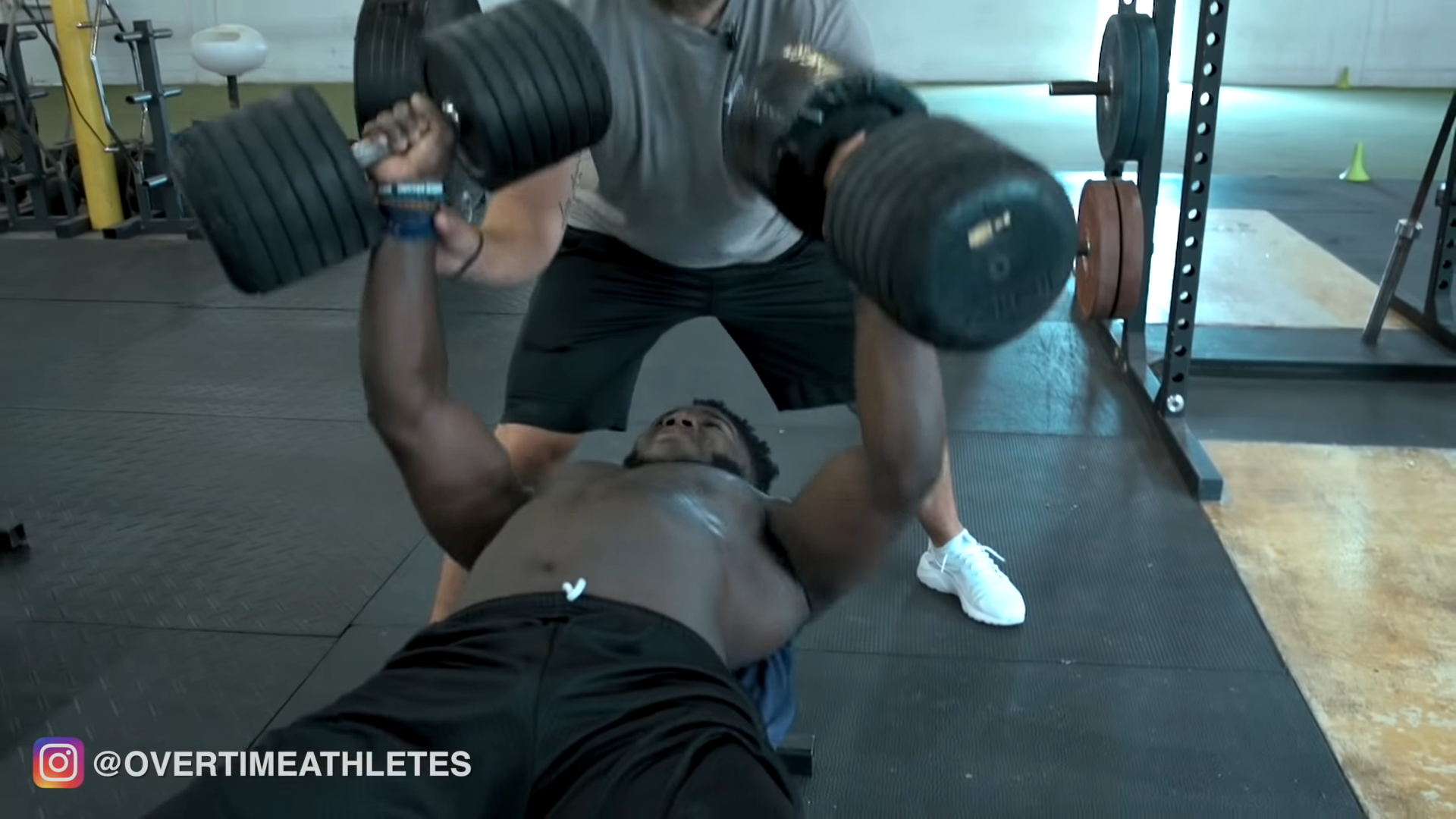
Important Note: There’s no one-size fits all macronutrient ratio. Different athletes have different responses to certain macronutrient intakes. That’s why Jake wrote the Performance Nutrition Manual, to show how to create nutrition guidelines customized to you.
Optimal Performance Weight
The optimal performance weight is the weight at which you perform your best. This will vary from person to person, and sport to sport. For some people it might be 220 pounds, for others it might be 175.

It’s good to get a feel for what weight is best for you so you know what approach to take.
You can also talk with your coach and ask him where he thinks you should be.
Once you have an idea of your optimal performance weight, you can pinpoint the best approach to hit that weight. That might be cutting weight, or undergoing a big bulk to add as much muscle mass as possible.
Hydration
The last parameter, but maybe the most important, of Performance Nutrition is hydration.

If you’re even slightly dehydrated, your performance will drop drastically. This said, you have to be hydrated throughout the day to sustain optimal performance in the gym or in games. Constantly drink water. When you wake up, on your way to class, before working out, during working out, and after. Drink at least two cups every 2 hours.
Also, if you train in a hot environment, you should be consuming electrolytes as well. This will prevent muscle cramping, and maintain muscle performance.
How Athletes Should Eat
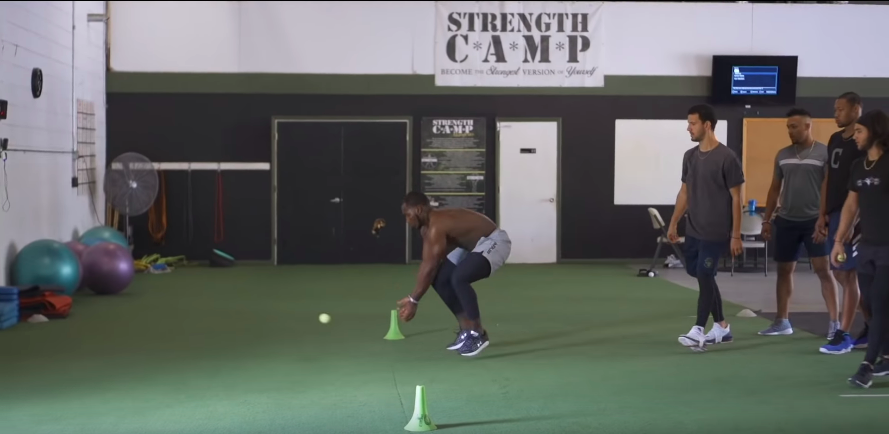
As a quick recap, I want to share how athletes should eat if they want to maximize their performance:
- Find Your Baseline – From there, you can pinpoint the approach you need to reach your goals
- Follow Performance Macronutrients – a 5-3-2 Ratio
- Spread your five meals evenly throughout the day
- Get to your Optimal Performance Weight
- Stay Hydrated
Nutrition Customized for You
As I said above, there’s no one-size-fits all approach to nutrition. That’s why Jake wrote the Performance Nutrition Manual. Inside, Jake will share ways to tweak this approach to suit your needs.
He’ll also share a complete guide to bulking, cutting, and building muscle while maintaining weight.
To read more about the Performance Nutrition Manual, head over to the link below:
Click Here to Receive Custom Nutrition